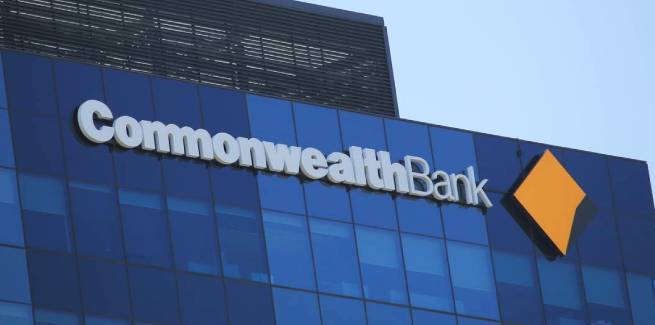The Commonwealth Bank of Australia (CBA) has released its full-year results for the 2019 financial year (FY19), recording home lending growth of 3.7 per cent, above system growth of 3.4 per cent.
When including its subsidiary Bankwest, CBA’s total home loan portfolio grew $16 billion from $451 billion in FY18 to $467 billion.
On a standalone basis (excluding Bankwest), CBA’s portfolio grew $14 billion from $381 billion to $395 billion.
A large portion of CBA group’s home lending growth came via the broker channel, with the third-party’s share of CBA’s mortgage flows up 7 percentage points, increasing from 41 per cent in FY18 to 48 per cent.
In total, broker-originated loans made up 46 per cent of the group’s overall home loan portfolio, up from 45 per cent in the previous corresponding period.
CBA group also reported a slight increase in the portion of new loans approved for owner-occupiers up from 70 per cent to 71 per cent, coinciding with a decline in the share of investor loans approved (28 per cent).
On a whole, owner-occupied loans made up 66 per cent of the group’s overall mortgage book as at 30 June 2019, up from 65 per cent, while investor loans totalled 31 per cent of the portfolio, down from 32 per cent.
The share of new interest-only loans approved over FY19 also fell modestly, from 23 per cent in FY18 to 21 per cent, and to 22 per cent of the group’s overall portfolio.
CBA’s share of the home loan market remained stable at 24.4 per cent.
Business lending and deposit growth was also reported by CBA, up 4 per cent and 2 per cent, respectively.
Profits slide
CBA has reported a cash net profit after tax of $8.49 billion, down $0.4 billion* (4.7 per cent) on FY18 ($8.88 billion).
The profit slide was driven by a 2.5 per cent increase in operating expenses, which included a $996-million spike in customer remediation costs, taking its total remediation spend to $2.17 billion.
CBA also flagged elevated risk and compliance spend, wage inflation and IT costs as contributing to an increase in overall operating expenses.
The group passed on a fully franked dividend of $4.31 to its shareholders, flat when compared to FY18.
Further, a 2 per cent decline in operating income was also reported, with above-system lending growth offset by a decline in CBA’s net interest margin, customer fee removals and reductions, and the impact of weather events.
CBA’s net interest margin declined by 5 basis points, from 2.15 per cent to 2.10 per cent, which, according to CBA, partly reflected the impact of mortgage customers switching from interest-only to principal and interest, variable to fixed, and investor to owner-occupied home loans (-2 bps), as well as increased competition (-2 bps), offset by pricing (+4 bps).
Reflecting on the overall result, CBA CEO Matt Comyn said: “While this year’s headline results were impacted by customer remediation costs, revenue forgone for the benefit of customers and elevated risk and compliance expenses, our core business continued to perform well – underpinned by growth in home lending, business lending and deposits.
“The group’s balance sheet also remained a key strength. Deposits provided 69 per cent of the group’s total funding, our common equity tier 1 capital ratio is above APRA’s ‘unquestionably strong’ benchmark, and we have maintained the dividend.”
Mr Comyn added: “The progress we are making on divestments further strengthens our capital position.
“This supports continued investment in our business and, subject to prevailing operating conditions, creates flexibility for the board in its ongoing review of efficient capital management initiatives and the delivery of long-term sustainable returns.”
[Related: CBA receives multibillion-dollar post-election mortgage boost]

